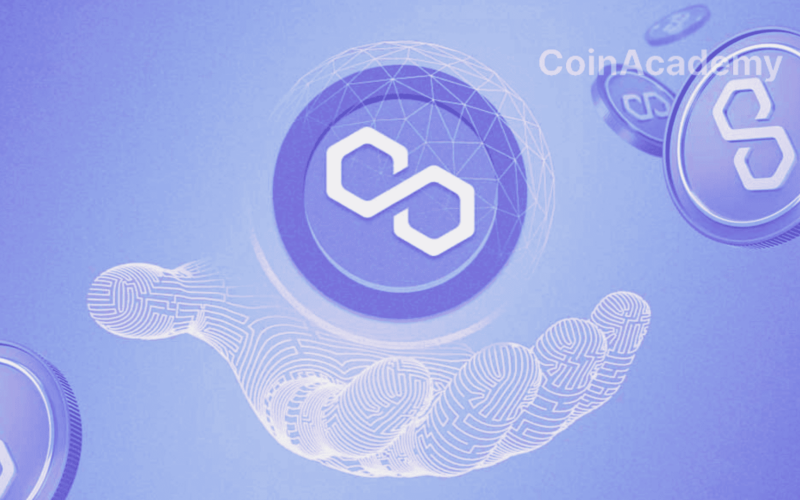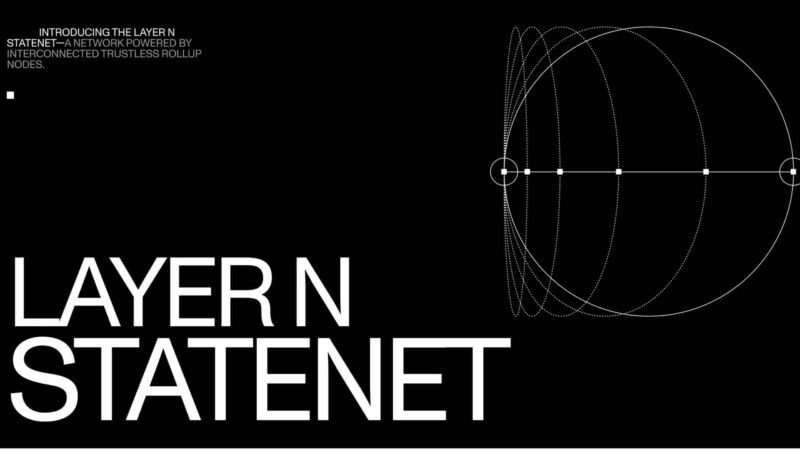Polygon Upgrades Token to POL in Pursuit of Enhanced Ecosystem and Flexibility
Polygon, one of Ethereum’s most popular Layer 2 solutions, has introduced a long-anticipated transformation by replacing its historical token, MATIC, with a new token named POL.
For the majority of users, this change occurred automatically.
This migration is part of the Polygon 2.0 strategy unveiled last year, with the goal of making POL the native token not only of the Polygon mainnet (Polygon PoS) but also of other chains that will be developed within this ecosystem. This change represents a crucial step for Polygon in its quest for increased flexibility and strengthened blockchain infrastructure.
The Essential Role of POL in Polygon 2.0
The first phase of this migration saw POL replace MATIC as the primary token for transaction fees and staking on the Polygon PoS network. However, the role of POL will extend beyond that. It will also be utilized within AggLayer, a key system on Polygon’s roadmap, designed to aggregate affiliated blockchains that leverage Polygon’s technology.
Furthermore, the Polygon community has proposed that POL plays even broader roles in the coming years. By 2025, POL is expected to become a central element in Polygon’s staking hub, facilitating block generation, zero-knowledge proofs, and participation in Data Availability Committees (DACs).
A New Economic Model: Tokenomics Changes
The introduction of the POL token brings significant changes to its token economy (tokenomics). An annual emission rate of 2% will be implemented, with a portion allocated to Polygon PoS network validators as rewards, and the remaining portion fueling the community treasury. This treasury will serve as a self-sustaining ecosystem fund to support various activities and initiatives.
Marc Boiron, the CEO of Polygon Labs, explained that the main technical reason for this change is that the upgrade keys for MATIC were intentionally burned years ago, making any future modifications to the token impossible. POL will introduce new emission and expansion mechanisms that were previously inaccessible with MATIC. Boiron highlighted that the issuance of POL will offer the community increased control over available funds, facilitating ecosystem growth through grant programs.
Stimulating Decentralization through POL
Another crucial aspect of this transition is how it will foster decentralization of Polygon chains and newly emerging projects within the ecosystem. According to Boiron, over time, these new chains will seek to decentralize and, instead of relying solely on a centralized sequencer, will need to incentivize participants to manage decentralized validator or proof groups. POL will play a key role in this process by providing rewards to validators and redistributing a portion of the fees generated by these new chains to POL holders.
Boiron emphasized that this approach will grant projects the flexibility to gradually decentralize, even if they do not immediately intend to launch their own token. POL emissions can be utilized to incentivize validator participation and allow POL holders to benefit from the fees generated by the new networks, thereby strengthening adoption and participation in the Polygon ecosystem.




